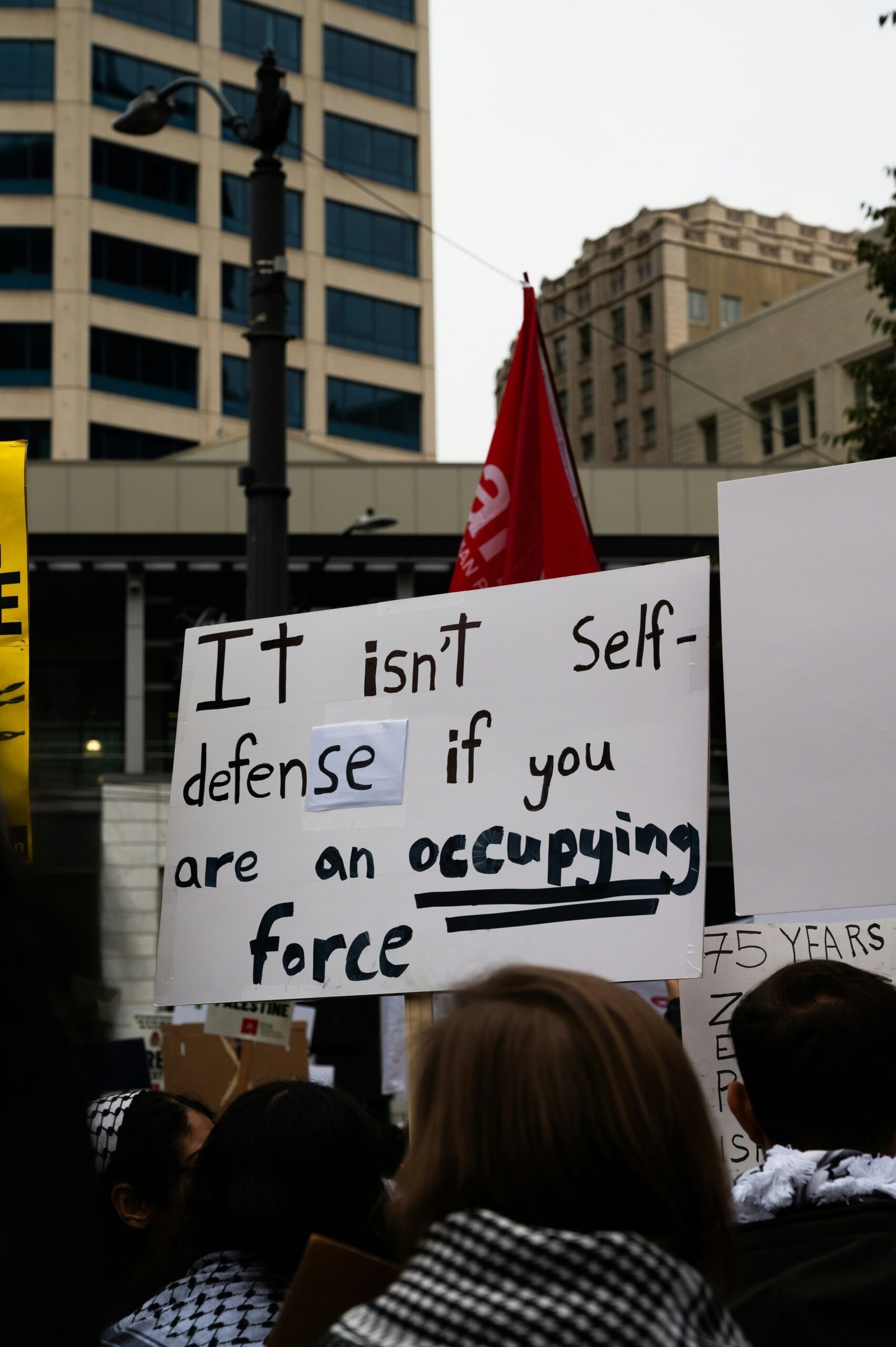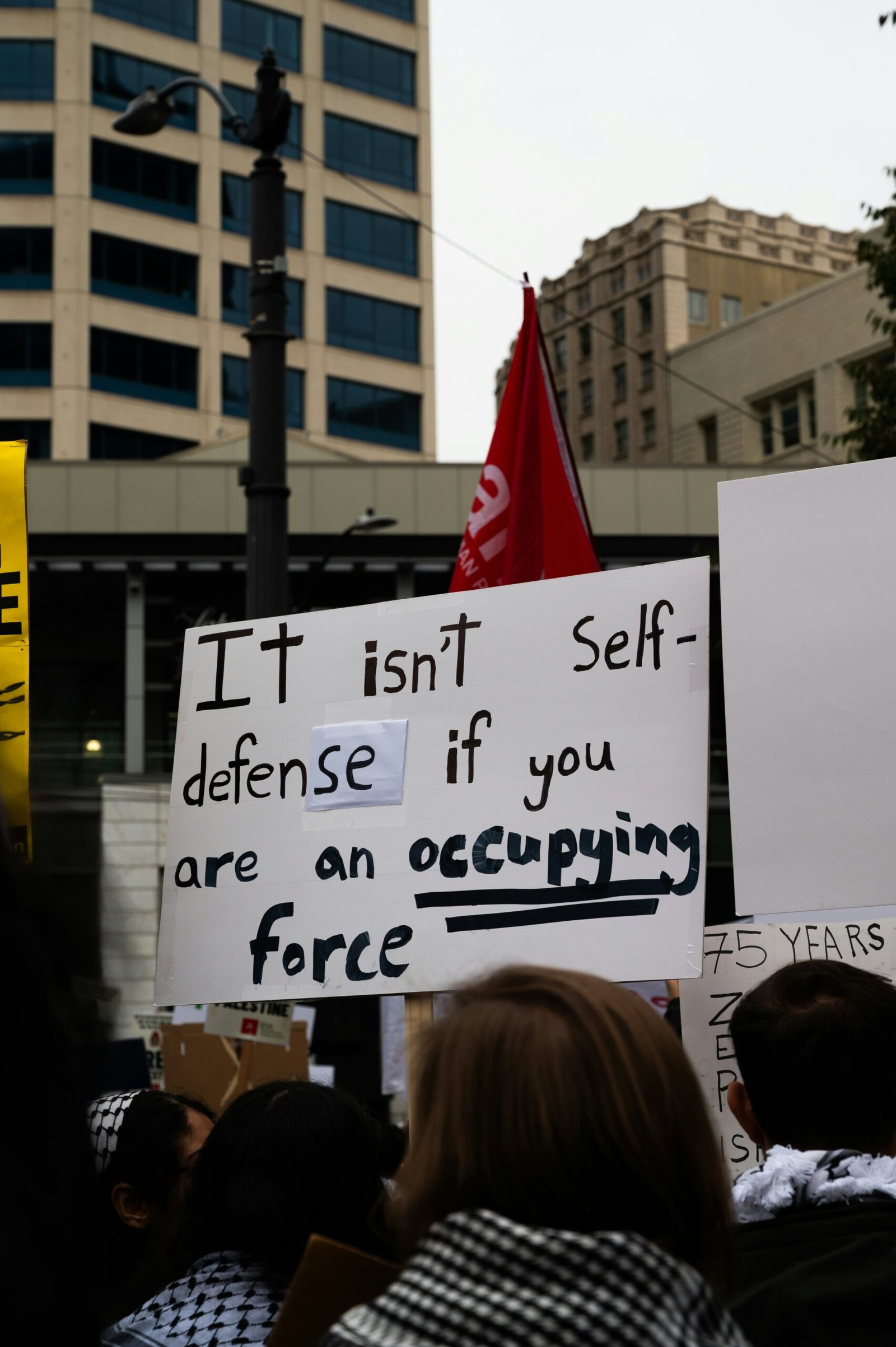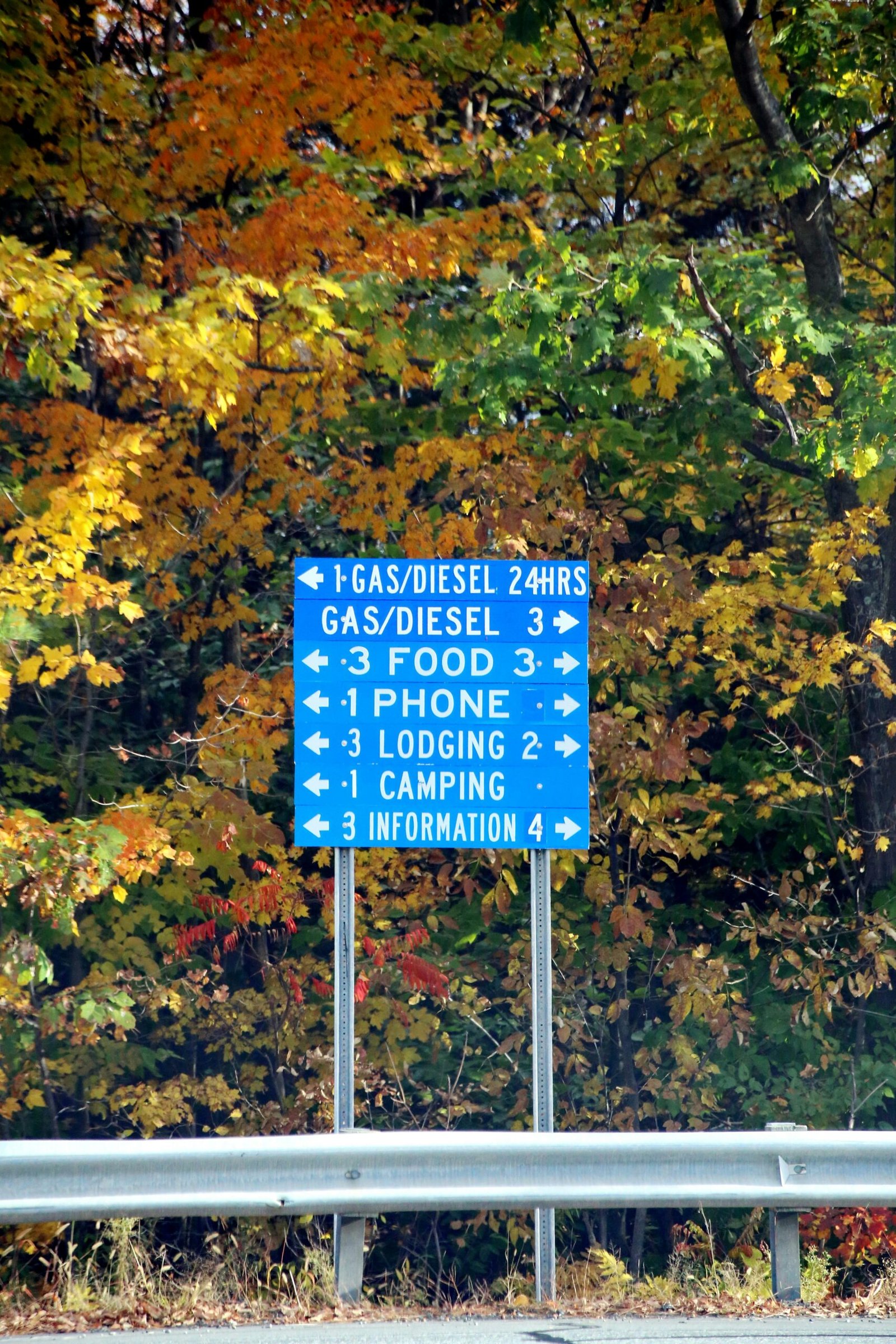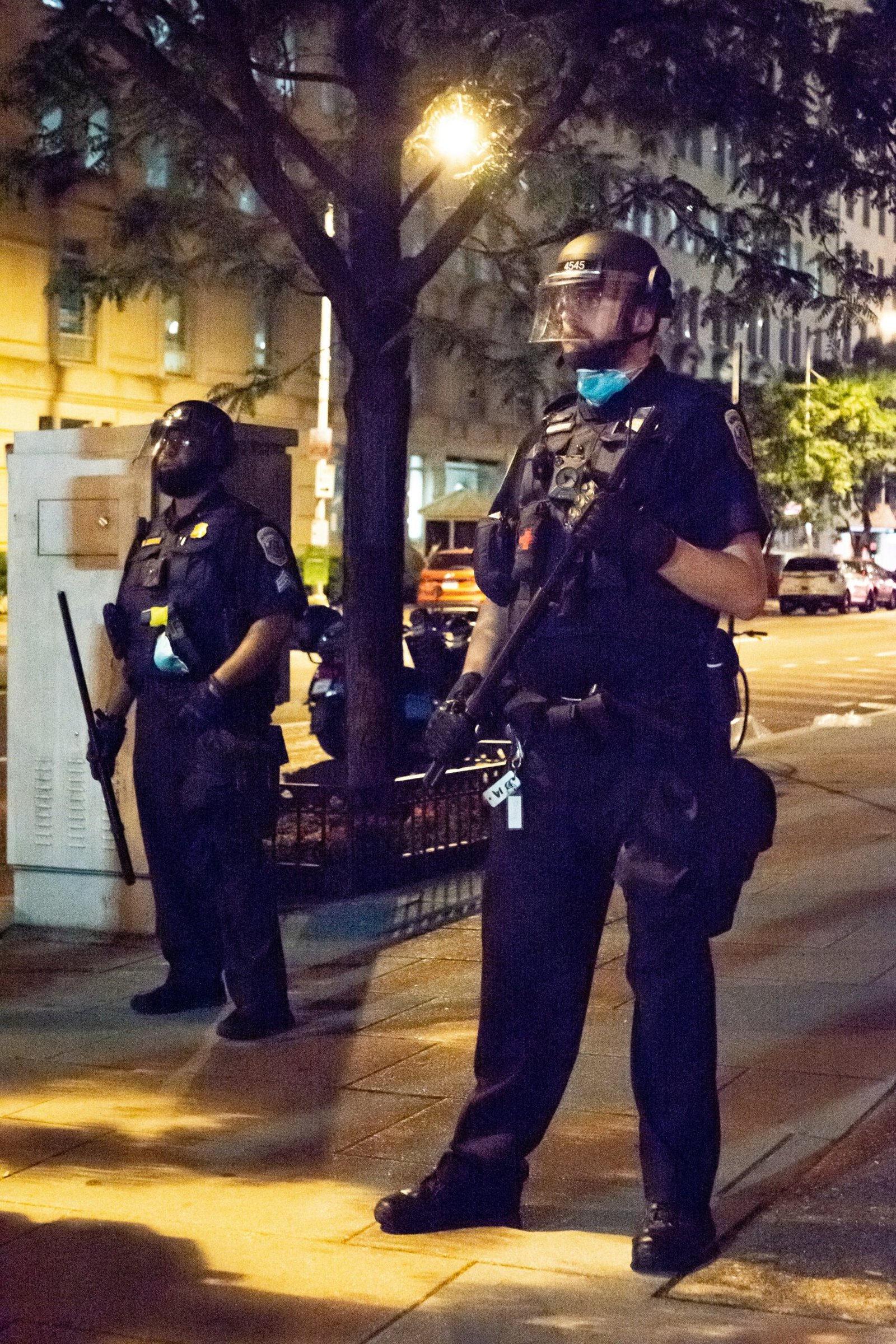
Introduction
In recent years, communities of color, particularly African American and Latino populations, have faced escalating challenges that have profound implications for their civil rights and community cohesion. This troubling trend is marked by increased federal military actions, which have raised significant concerns among many residents and activists alike. The use of militarized tactics in law enforcement, including the deployment of personnel from agencies such as Immigration and Customs Enforcement (ICE), has been particularly alarming.
The events surrounding ICE raids have fostered a prevailing atmosphere of fear and insecurity. Families, who often live with the apprehension of sudden separation due to deportation, experience profound emotional distress. These aggressive actions not only disrupt individual lives but also threaten the very fabric of community connections, leading to isolation and an erosion of trust in local institutions.
Moreover, the military’s involvement in domestic policing has expanded, bringing with it controversial repercussions for civil rights across the board. High-profile instances of these deployments have contributed to a narrative of militarization that concerns many advocates for social justice. This approach often disproportionately affects people of color, resulting in heightened scrutiny and criminalization of their communities.
In parallel, the arrests of elected officials—who serve as critical representatives for these communities—have further complicated the socio-political landscape. Such actions raise fundamental questions about the accountability of authorities and the protection of democratic rights. These events illustrate a broader pattern in which the rights and voices of communities of color are continually undermined under the guise of law enforcement and national security.
These unfolding dynamics amid heightened tensions provide a vital context for examining the implications of militarized federal actions on communities of color. Recognizing how these elements intertwine is essential for understanding the larger discourse surrounding civil rights and social justice today.
Intensified ICE Raids Targeting Immigrant Communities
In recent years, the activities of Immigration and Customs Enforcement (ICE) have intensified, particularly in urban areas of California such as Los Angeles and Sacramento. These escalated operations reflect a broader trend towards the militarization of federal actions, specifically indicating a heightened focus on immigrant communities. Tactics employed by ICE during these raids are often aggressive, featuring armed agents in tactical gear, overwhelming local residences, workplaces, and community centers. These operations not only aim to detain undocumented individuals but also generate fear and uncertainty within these communities.
The impact of these intensified raids extends beyond immediate arrests; they instigate a pervasive climate of fear among immigrant families and their neighbors. Local residents find themselves grappling with anxiety about the safety of their loved ones, leading to altered daily routines and diminished participation in community activities. Schools see decreased attendance rates as parents become reluctant to send their children out, fearing potential encounters with immigration enforcement. Such actions disrupt not only the daily lives of individuals but also the overall cohesion of communities, often resulting in long-standing emotional and psychological trauma.
Reactions from local leaders and advocacy groups underscore the collective distress experienced by immigrant populations. Many community leaders have voiced their fierce opposition to these raids, framing them as attacks on human dignity. Advocacy organizations have worked tirelessly to raise awareness about the far-reaching consequences of these federal actions, calling for policy changes and heightened protections for vulnerable communities. The immigrant population in California, while diverse and resilient, faces immense pressure from these escalated measures, prompting ongoing debates about the moral and ethical implications of federal enforcement tactics against marginalized groups.
Federal Military Deployment in Los Angeles
In 2020, amid growing civil unrest sparked by protests against racial injustice, President Trump made the significant decision to federalize National Guard troops and deploy Marines to Los Angeles. This deployment was framed as a necessary response to ensure law and order in an environment perceived as increasingly volatile. The federal government justified the military presence by citing the need to restore peace and protect citizens and property amidst escalating protests.
The rationale for the deployment drew both support and criticism from various stakeholders. Supporters of the initiative, including some local authorities, argued that the presence of federal military forces would deter violence and provide a sense of security during a tumultuous period. In contrast, many Californian officials, including the Governor of California, voiced strong opposition. They characterized the deployment as an overreach of federal power and a threat to citizens’ rights, emphasizing that local law enforcement should manage domestic issues without military interference. This conflict highlighted the complex relationship between state and federal powers, particularly in situations involving the deployment of military forces within domestic borders.
Additionally, the constitutional implications of using military forces in domestic affairs raised significant concerns. Critics pointed to the Posse Comitatus Act, which restricts the use of federal military personnel to enforce domestic policies, arguing that such actions could blur the lines between military and civilian law enforcement. They warned that the militarization of policing could lead to increased tensions between communities of color and law enforcement, further exacerbating societal divisions. As debates surrounding this critical issue continue, the implications for civil rights, community trust, and the future of law enforcement practices remain significant points of concern.
Arrests of Elected Officials and Suppression of Dissent
The arrest of elected officials by federal agents marks a significant moment in the intersection of law enforcement and political expression, particularly affecting communities of color. A notable case is that of Senator Alex Padilla, whose detainment has raised concerns about federal overreach and the motivations underlying such actions. These incidents serve not only to disrupt the individuals directly involved but also to cast a long shadow over civic engagement within marginalized communities. The implications of these arrests extend well beyond the actions themselves, hinting at a troubling trend aimed at suppressing dissent and stifling democratic processes.
When elected representatives are arrested, it sends a powerful message to voters about the risks associated with political participation. Communities of color, already facing systemic barriers to engagement, may interpret these actions as indicative of a larger effort to suppress their voices. The fallout from such arrests can lead to diminished trust in governmental institutions, further complicating the relationship between these communities and the political system. Elected officials are viewed as advocates and voices for their constituents; therefore, any attempt to silence these figures can generate feelings of alienation and distrust.
Moreover, the implications of the arrests reach into broader societal issues, influencing the political climate and civic discourse. The perception that dissent is unwelcome can discourage community activists and leaders from advocating for change, particularly in areas heavily impacted by federal presence and policies. This trend of repression can have a chilling effect, inhibiting open dialogue about vital issues such as social justice, equity, and representation. As communities grapple with these complexities, it becomes increasingly important to assess how the suppression of dissent not only impacts political dynamics but also the social fabric of communities of color.
Potential Impact on Black Communities
The militarized federal actions, characterized by aggressive tactics traditionally employed against Latino communities, are rapidly being extended to predominantly black cities across the United States. This shift raises significant concerns regarding the implications for civil liberties and the overall safety of black communities. The introduction of military-like responses in the context of law enforcement exacerbates existing systemic inequalities and fosters an environment where state violence becomes an accepted norm. Such an approach can lead to an erosion of trust between law enforcement agencies and the communities they are meant to serve, further complicating the delicate relationship that already exists.
It is critical to consider the historical context of policing in black neighborhoods, which is often intertwined with discriminatory practices and racial profiling. When federal authorities adopt a militarized posture, they risk intensifying the already volatile situation, exposing residents to heightened surveillance and aggressive policing strategies. This not only places individuals at risk but also has broader implications for community cohesion. In turn, these tactics may further deter active political participation among black Americans, as fear of reprisal looms large. The chilling effect on civic engagement can undermine efforts to advocate for policy changes or express dissent against oppressive systems.
The potential for abuse under a militarized federal enforcement model presents significant risks to the fundamental rights of black citizens. As tactics employed become increasingly confrontational, they may be employed in ways that disproportionately target black communities, thereby reinforcing existing biases. This raises the pressing question of accountability: who will hold federal authorities responsible for any resultant abuses? As communities grapple with the implications of militarization, it is vital to remain vigilant and advocate for reform to protect civil liberties and ensure justice for all.
Predictions for Future Developments
The dynamics of federal actions in communities of color reveal an evolving landscape characterized by potential escalation. As observed in recent trends, the deployment of Immigration and Customs Enforcement (ICE) agents and military personnel has increased in several major urban centers. This trend raises concerns about the long-term implications for marginalized communities, particularly as these actions appear to be part of a broader strategy to assert federal authority. Communities can expect heightened tensions as military presence becomes normalized, potentially leading to an increase in surveillance and policing practices that disproportionately affect people of color.
Furthermore, as these federal operations intensify, a range of legal challenges is likely to emerge from affected community organizations and civil rights advocates. Courts could become battlegrounds for contesting the legality of these militarized operations, with potential precedents being set that address the constitutionality of federal actions. Legal battles might focus on issues such as the violation of civil liberties, the use of excessive force, and the infringement of local governance, ultimately determining the framework by which federal intervention is assessed in the future.
In response, community organizations may mobilize to resist these developments, potentially forming coalitions that amplify their voices against militarized federal actions. Grassroots movements could rely on both advocacy and direct action strategies to push back against federal overreach, employing tactics that raise public awareness and galvanize support. The interplay of legal challenges and grassroots mobilization may create a synergistic effect, leading to greater attention from the media and policymakers and consequently influencing future federal practices.
In summary, the trajectory of federal actions in communities of color suggests a potential for increased militarization and concurrent resistance efforts. It remains imperative to monitor these developments closely, as they may shape the future of civil rights and community relations across the nation.
The Role of Solidarity Across Communities
In recent times, it has become increasingly evident that the challenges faced by communities of color, particularly black and Latino populations, are interlinked. The militarized actions of federal authorities have exacerbated existing tensions, prompting an urgent need for solidarity among these groups. This cooperation can serve to fortify their collective efforts, enabling a stronger front against federal overreach. The act of joining forces allows them to tap into shared experiences and resources while amplifying their voices in the advocacy for civil rights.
One noteworthy example of collaboration between black and Latino communities is the participation of diverse groups in various protests aimed at dismantling systemic injustices. During recent protests against federal law enforcement practices, these communities demonstrated their unity by standing together under common banners, highlighting their shared commitment to fighting oppression. Such solidarity not only emphasizes their joint struggles but also signals to policymakers that their demands for justice and equity cannot be ignored.
Civic actions serve as another arena in which these alliances manifest. Collaborative initiatives, such as organizing voter registration drives or legal aid clinics, have enabled both communities to strengthen their political power and protect their rights. Civil rights organizations have also played a pivotal role in fostering these alliances, focusing on coalition-building efforts that ensure that both groups stand united in the face of adversity. Active engagement from these organizations promotes a holistic approach to advocacy, emphasizing the importance of mutual support and understanding in addressing the diverse needs of these communities.
Ultimately, solidarity between black and Latino communities is not merely an ideal but a necessary strategy to combat the encroachment of militarized federal actions. Through joint protests and civic engagement, they can create a unified front that advocates for justice and resists systemic injustices effectively. This collective approach enhances their influence and resilience in the ongoing struggle for civil rights and equality.
Legal Battles Over Federal Overreach
The deployment of military forces to handle domestic situations has prompted a series of contentious legal battles, most notably exemplified by the case of Newsom v. Trump. This high-profile case critically examines the constitutionality of the federal government utilizing military resources in civilian contexts. At the heart of this dispute is the tension between national security interests and the civil liberties of communities of color, raising profound questions about the nature of government authority in situations that warrant military intervention.
The case has emerged against a backdrop of increasing federal militarization, particularly in areas affected by social unrest and protests. Critics argue that such actions often disproportionately target marginalized communities, exacerbating existing inequalities. In the context of Newsom v. Trump, Califonia’s Governor Gavin Newsom contends that the federal government’s actions represent an overreach that infringes upon the rights guaranteed by the Constitution, specifically aiming to protect citizens from unlawful military force within their own communities.
The implications of this case are far-reaching for civil liberties and federal policy. A judicial ruling in favor of Newsom could serve as a precedent, signaling a limitation on the ability of federal authorities to deploy military resources domestically without due process. Conversely, a ruling that favors the federal government may further entrench the current militarized approach to domestic issues, raising concerns about the erosion of individual rights, particularly in communities of color that are frequently at the receiving end of such enforcement actions.
Moreover, the outcomes of these legal proceedings are crucial not only for the immediate context but also for shaping the frameworks of federal and state interactions moving forward. The ongoing deliberations underscore the importance of a robust judiciary in safeguarding civil liberties against potential overreach, ensuring that the rights of all communities are upheld amidst the challenges posed by federal authority.
Conclusion: A Call to Awareness and Action
The pervasive risks faced by communities of color in the context of militarized federal actions cannot be overstated. In recent years, the implementation of such actions has raised significant concerns regarding civil liberties and the potential normalization of a militarized presence in predominantly marginalized neighborhoods. The implications are profound, as these actions often exacerbate existing inequalities and contribute to a climate of fear and mistrust between law enforcement and the communities they serve.
This normalization not only undermines the essential democratic principles but also threatens the very fabric of civil society. Communities of color, already bearing the brunt of systemic injustices, are at a higher risk of experiencing the compounded effects of aggressive federal interventions. The militarization of federal actions, whether through police tactics or national guard deployments, often alienates these communities further, stifling voices that demand justice and equity.
In light of these pressing concerns, awareness and action are necessary components for driving meaningful change. By coming together and championing the rights of all people, especially those in communities of color, we can create a future where civil liberties are safeguarded, and justice is a reality accessible to all.



